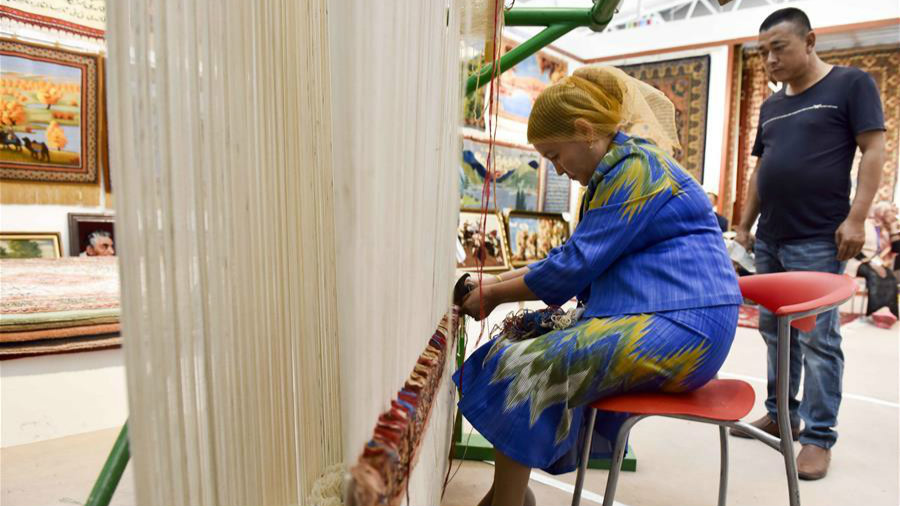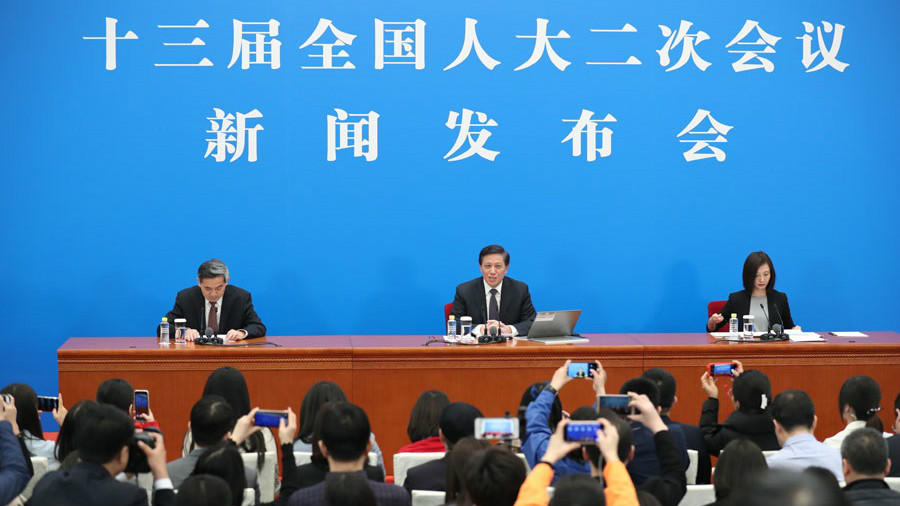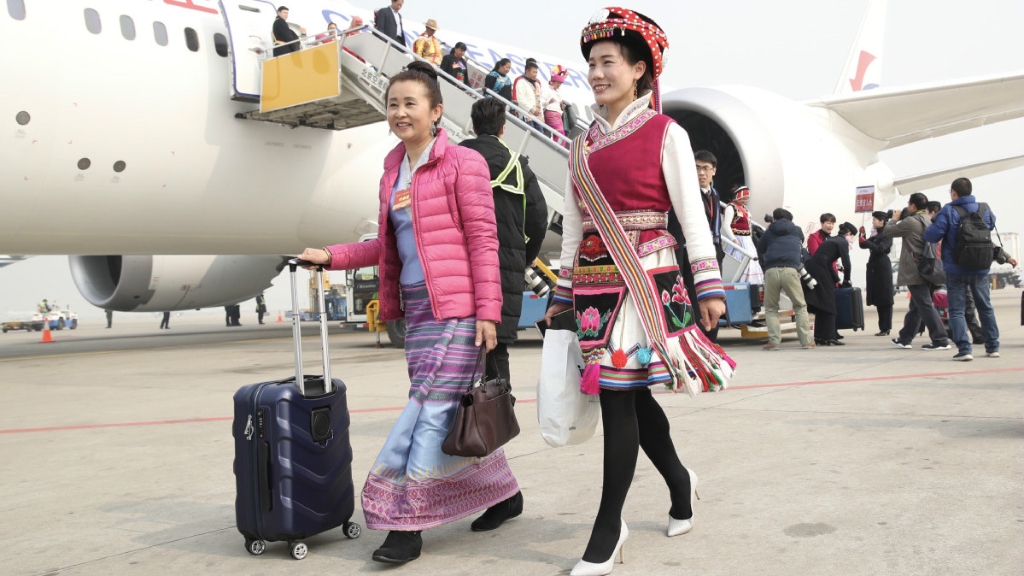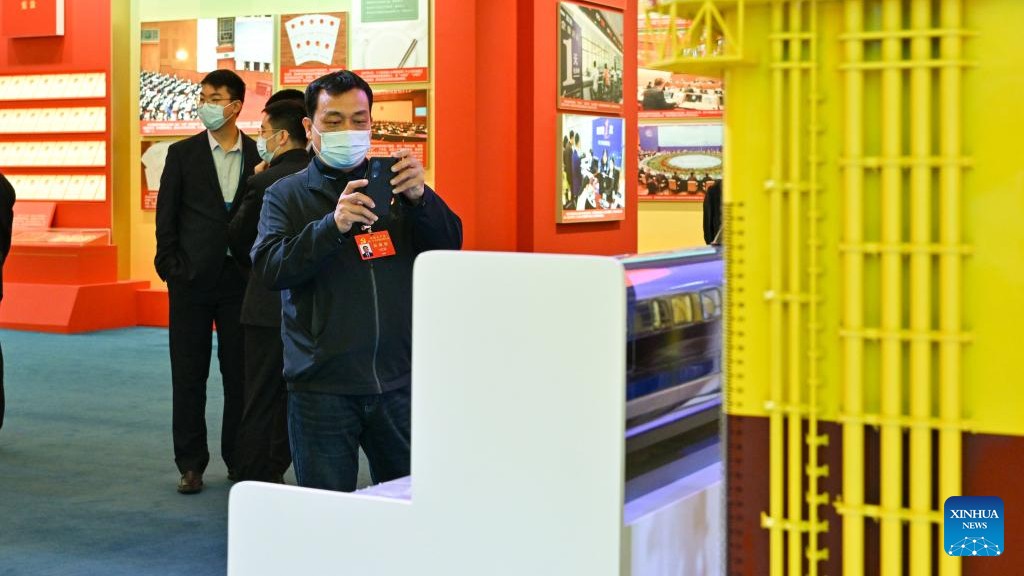Daily new COVID-19 infections in the Xinjiang Uygur autonomous region dropped to single digits on Tuesday for the first time in three weeks as a senior public health expert said that a large number of asymptomatic infections or cases with minor symptoms had complicated the fight against the outbreak.
The health commission in Xinjiang added nine new local infections on Tuesday, raising the cumulative number of confirmed cases to 799 since the first case was reported on July 15. A total of 535 patients are receiving treatment, including 37 in severe or critical condition.
On Tuesday, the commission registered eight new cases who tested positive for the virus but showed no symptoms, saying 131 such asymptomatic individuals are under medical observation.
"Xinjiang reported a single-digit increase in daily new infections for the first time since July 22 as the numbers of hospitalized patients and asymptomatic individuals placed under medical quarantine are consistently decreasing," Liu Jun, deputy secretary-general of the government of Urumqi-the regional capital that is seeing the majority of infections-said at a news conference on Wednesday.
Single-day new infections in Xinjiang peaked near the end of July-reaching as high as 112 on July 30-and have since been declining, according to official data.
Epidemiologic investigations and genome sequencing results show that all infections stemmed from a clustered social activity, Qiu Haibo, a member on the expert panel of the National Health Committee, said during an interview with China Central Television on Tuesday evening. He is also vice-president of Zhongda Hospital of Southeast University in Nanjing, Jiangsu province.
During the initial stage, most cases were found in youngsters who only displayed mild or no symptoms. "These early cases tend to stay at home due to a lack of apparent symptoms, which aided the spread of the virus among families," he said.
According to Qiu, about half the people who tested positive for the virus in Xinjiang exhibited no symptoms, and only one-fifth of confirmed cases ran a fever or felt fatigued-some of the most recognizable symptoms of COVID-19.
"Their clinical symptoms were not typical, nor were their CT scan results," he added.
By contrast, in Wuhan, Hubei province-the hardest-hit region in China where the first cases were reported-as many as two-thirds of confirmed infections showed typical symptoms including fever, coughing and muscle soreness, he said.
Qiu said improvements in standard treatment methods and experiences gained from previous outbreaks have enabled medical workers to intervene earlier and more effectively. "Thanks to the prompt mass testing campaign implemented in Urumqi, it takes less than two days on average for a patient to be admitted to hospital after displaying symptoms," he said.
So far, no deaths have been recorded during the regional outbreak in Xinjiang.
In another development, in Jingzhou, Hubei province, a 68-year-old female retiree, who was confirmed to have contracted the virus on Feb 8 and was later cured and discharged from the hospital, tested positive again for the virus on Sunday while hospitalized for another illness, according to a notice released by the city's local disease control command center on Wednesday.
The center said the case was not counted as a new confirmed infection. Rather, she belongs to the pool of recovered patients who tested positive due to detection of viral materials related to the initial infection and are generally believed to be less contagious.
It added that all close contacts of the retiree tested negative for the virus, and her home and areas she visited have been thoroughly disinfected. There is no evidence pointing to the transmission risk of the case, the center added.
Wang Guiqiang, head of Peking University First Hospital, said during a news conference in May that positive test results found in discharged patients could result from fragments of the virus hidden in lower respiratory tracts or weak immune systems.















.jpg)









.jpg)


